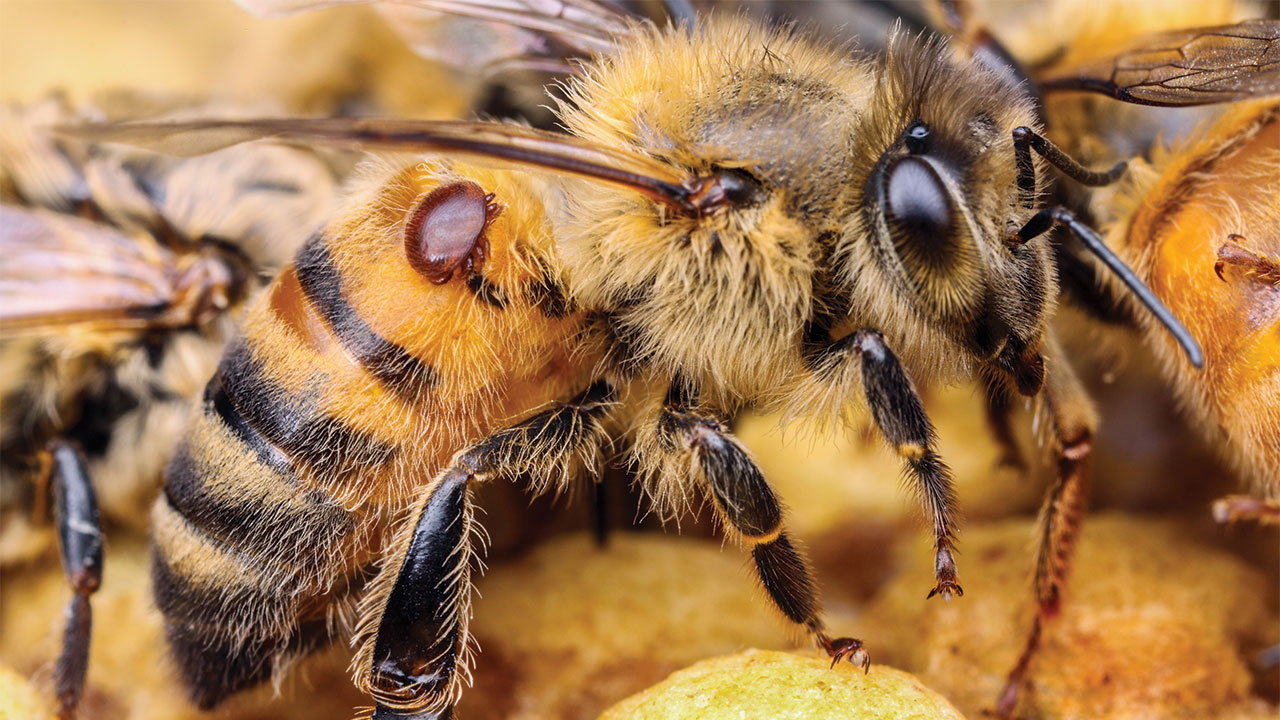



Article by: Hari Yellina
A prohibition on movement across New South Wales and immediate effects on apiaries have resulted from the discovery of a lethal parasite known as “Covid for bees,” but other agricultural sectors, notably the approaching almond blossom season, are also expected to be impacted. The largest transfer of animals in the nation occurs in August when the almond industry needs 300,000 beehives to pollinate the country’s crop. However, no bees are permitted to be transferred in NSW, which is home to 44% of the country’s beehives, as a result of the emergency order imposed on Sunday following the discovery of the varroa mite at the Port of Newcastle.
According to Cormac Farrell, head beekeeper of the Australian Parliament House, “it’s kind of like Covid for bees.” To prevent it from spreading across a larger area and to ensure that it cannot escape and infect other hives, we must halt it at the border. The timing of the outbreak could not be worse for the almond business, according to Tim Jackson, CEO of the Almond Board of Australia. According to him, the enormous number of beehives needed for the blossom event already comes dangerously near to “maxing out” all commercial beehives in New South Wales, South Australia, Victoria, and southern Queensland, and any restriction on bee numbers might have disastrous consequences.
10% of beekeepers’ income, according to acting Australian Honeybee Industry Council CEO Danny Le Feuvre, comes from pollinating almonds. Additionally, honeybees pollinate avocados in October, apples, pears, and cherries in September, as well as seed production later in the year. Approximately one out of every three bites of food you consume has been pollinated by honeybees in some way, according to him. According to Le Feuvre, the quick implementation of restrictions should lead to the mite’s quick containment and lessen the outbreak’s effects on significant agricultural pollination events.
Farrell claims that in Australia, where the varroa mite is absent, the winter bee loss rates—a measure of bee survival—are less than 5%. In the United States, loss rates range from 30 to 40%. Some areas of Canada experienced a winter bee mortality rate of up to 90%. The varroa, he continued, “is a fairly major component of this problem, but there are a whole host of elements contributing to this.” According to Farrell, Australian beekeepers consider anything beyond 20 percent to be too excessive. Although the control order does not apply to Farrell’s hives in Canberra, he is urging all beekeepers in the ACT to wait. The likelihood of an infected hive slipping through the nett greatly increases, he claims, whenever we move equipment or hives around. “So we’re just really pleading with folks to just sit tight, even if it’s terrifying, and let [Department of Primary Industries] do their job and determine out where this is,” said the spokesperson.